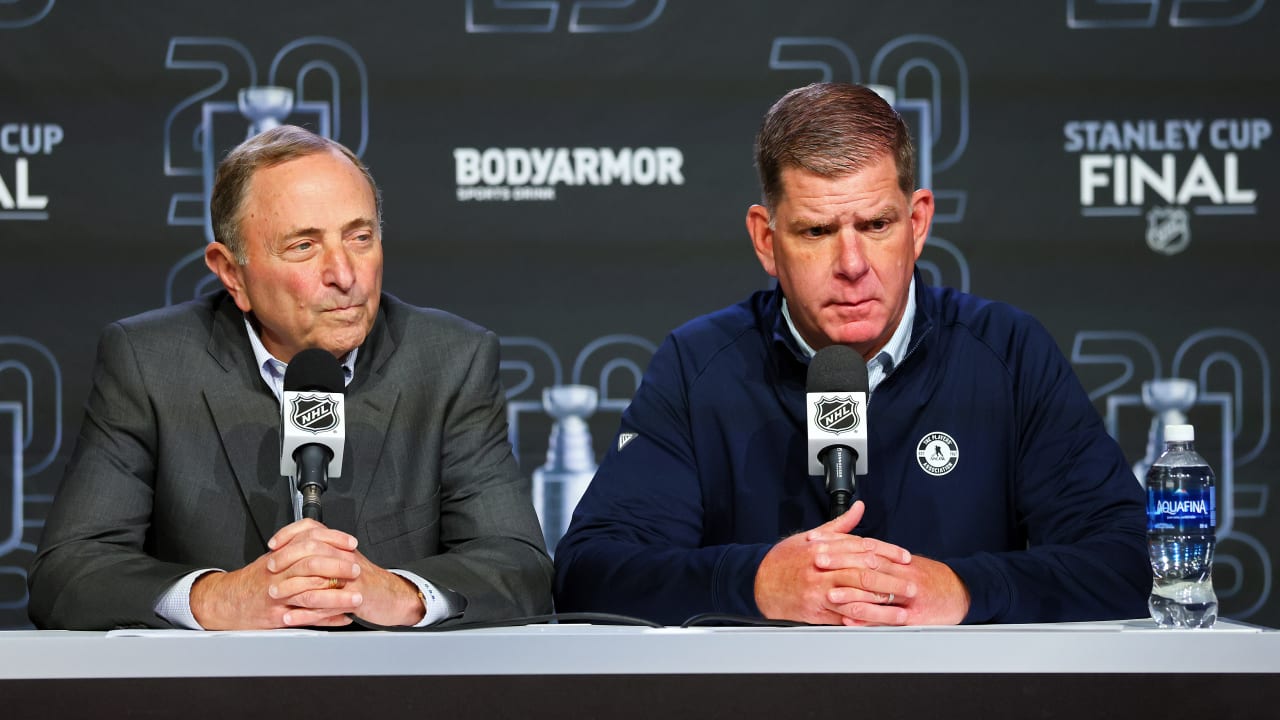
The National Hockey League and the National Hockey League Players` Association have officially ratified a new collective bargaining agreement (CBA), set to take effect for the 2026-27 season. The details, recently released, reveal a series of significant adjustments impacting everything from roster composition and player development to financial structures and player safety, marking an evolution in the league`s operational framework. Among the most notable changes is a formal recognition and elevation of a role previously occupied by local enthusiasts and arena staff: the Emergency Backup Goalie.
The Unlikely Rise of the Full-Time EBUG
Remember the heartwarming, slightly chaotic moments when a literal `guy off the street` had to step into an NHL net? Tales like Scott Foster, the accountant who stopped every shot he faced for the Chicago Blackhawks in 2018, or David Ayres, the Zamboni driver who backstopped the Carolina Hurricanes to victory in Toronto in 2020, became instant legends. These memorable incidents highlighted a quirky vulnerability in the system: reliance on potentially untrained, local individuals as the last line of defense when disaster struck a team`s goaltending depth.
Under the new CBA, this era of impromptu goaltending heroics appears to be drawing to a close, or at least becoming significantly more structured. The role of Emergency Backup Goalie (EBUG) is transitioning into a formal, full-time position tied to individual teams. Starting in 2026-27, each NHL club will be required to designate an EBUG who will travel with the team throughout the season. To ensure a baseline level of competency without crossing the line into professional readiness that might violate amateur status, specific criteria have been established:
- The player must never have appeared in an NHL regular season or playoff game.
- They cannot have played in more than 80 professional hockey games total (across any pro league).
- They must not have played professional hockey within the three years preceding their EBUG designation.
Teams will need to declare their EBUG 48 hours before the start of the season and update the designation 24 hours before each game, ensuring a dedicated, albeit minimally-experienced, option is always at hand. While perhaps less prone to creating viral `Cinderella` stories, this change introduces a layer of predictability and slightly higher standard to a critical emergency role.
Tweaking Development Pathways and Financial Rules
Beyond the goaltending fascinating twist, the CBA addresses more conventional, yet crucial, league operations. One area of focus is the development path for young players. The NHL is reportedly seeking to renegotiate terms with the Canadian Hockey League (CHL) regarding 19-year-old players. Currently, a 19-year-old drafted from the CHL can only play in the NHL or return to their junior club, barring them from the American Hockey League (AHL). The NHL`s proposal aims to allow teams to keep one 19-year-old player in the AHL, offering a more gradual professional transition. This push comes as the CHL has seen players opt for U.S. college hockey (NCAA) following recent rule changes making junior players eligible, potentially impacting the CHL`s talent pool.
Financially, the new agreement tightens up a couple of notable loopholes. A salary cap for the playoffs will be introduced. This move directly addresses the practice where teams utilizing the Long-Term Injured Reserve (LTIR) during the regular season could see significant player salaries return for the playoffs without cap consequences, potentially creating a competitive imbalance.
Furthermore, the ability to retain salary in trades will be limited. Under the new rule, a team cannot retain salary on a player more than once within a 75-day period. This change targets complex three-team trades where a third club would participate primarily to temporarily hold a portion of a player`s salary in exchange for assets, effectively acting as a salary `launderer` to facilitate the main transaction.
Other Noteworthy Changes
Additional rule adjustments coming with the new CBA include:
- Contract Lengths: The maximum term for new player contracts will be reduced to seven years for a re-signing and six years when signing with a new team.
- Schedule: The regular season will expand to 84 games. Consequently, training camps will be shortened to accommodate the longer schedule.
- Neck Guards: Mandatory neck guards will be phased in, becoming required for all players starting with the 2026-27 season, a significant step for player safety.
- Dress Code: Team-imposed dress codes for players will be relaxed, shifting from strict mandates to a requirement for players to dress in a manner consistent with `contemporary fashion norms,` offering players more personal expression.
Overall, the new NHL/NHLPA CBA represents a comprehensive set of changes addressing various facets of the game – from securing emergency personnel and refining player development pathways to reinforcing financial integrity and enhancing player safety. While some adjustments are technical and procedural, others, particularly the formalization of the EBUG role, reflect specific, memorable moments that have captured the hockey world`s imagination, ensuring that even the most improbable scenarios contribute to the league`s evolving rulebook.

